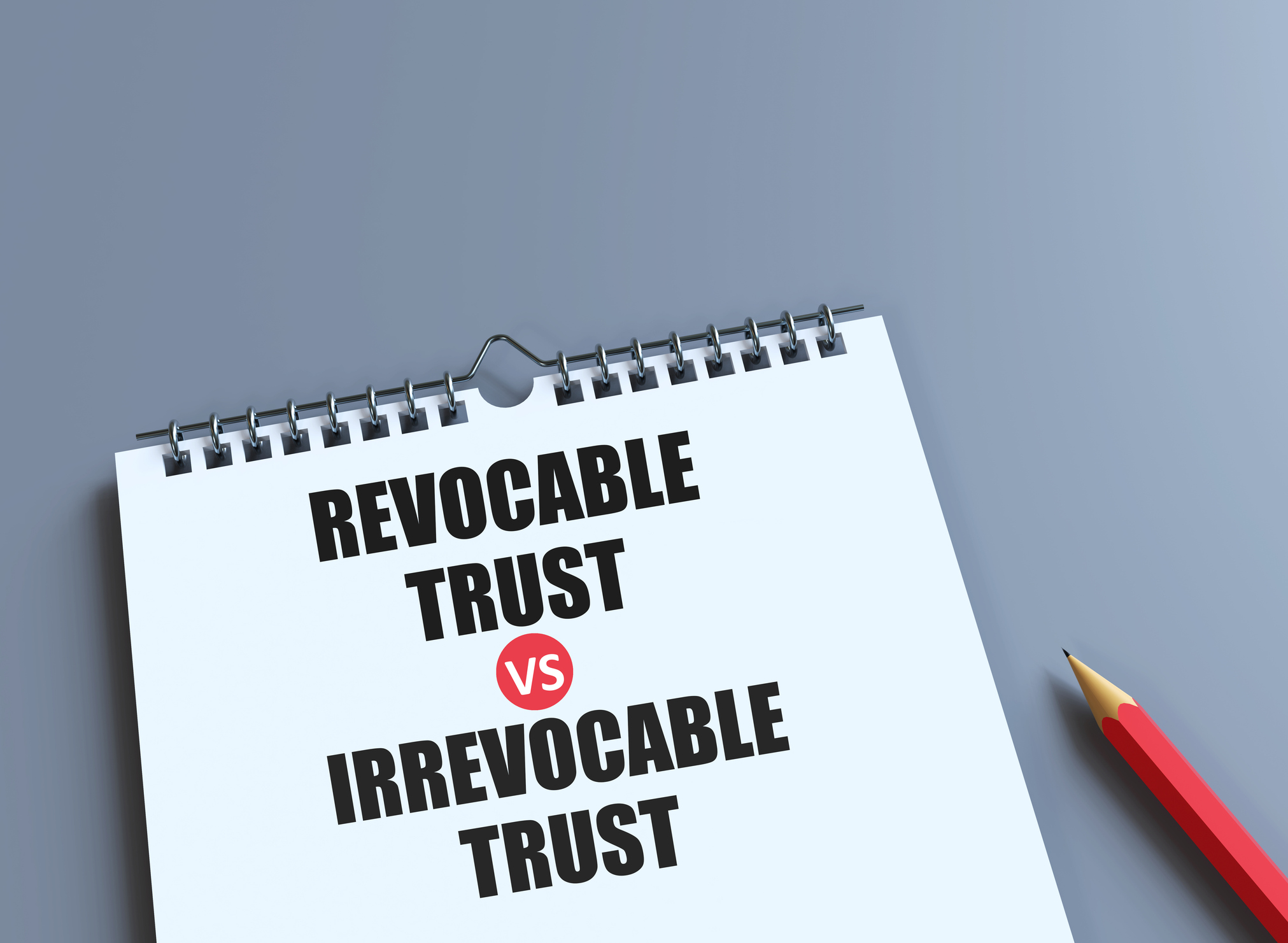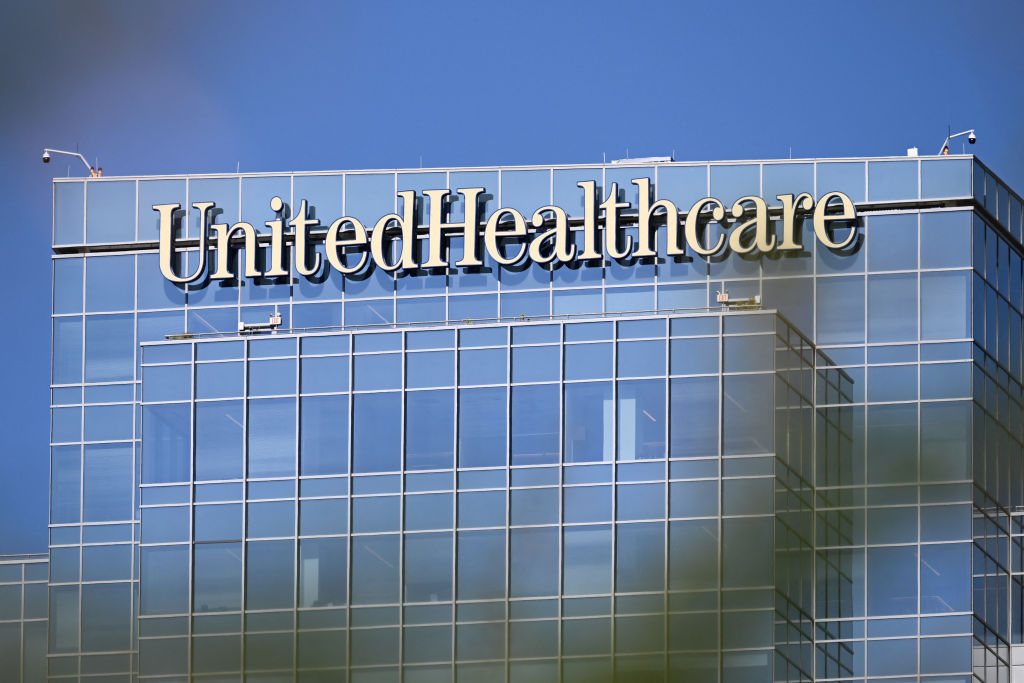REITs That Still Sport High Yields
The average yield for property-owning real estate investment trusts has fallen below 4%. But one category -- medical REITs -- stands out.

It used to be that when REIT yields dipped below 6%, it meant that the stocks were overvalued and it might be wise to stay away or cut back. Investors, however, have repealed -- or chosen to ignore -- that guideline. Shares of real estate investment trusts have appreciated so relentlessly since early 2000 that the average property-owning REIT today yields 3.9%. That figure doesn't vary much whether you look at apartment, office, retail or industrial REITs. Annual total returns continue to reach double figures, mostly from REIT share price appreciation, not income.
One corner of the REIT world, though, still pays hefty dividend yields, on the order of 6% or more. These are the health-care REITs, a dozen small trusts that buy, develop and manage hospitals, nursing homes, medical office buildings and assisted-living residences. Some health REITs also finance these properties, and sometimes keep the mortgages in their portfolios. Because of their small size, there's not much research coverage on this group, and most major real estate mutual funds have few positions in the category. Measured by stock market value, the biggest health REIT, Health Care Property Investors (symbol HCP), ranks 29th among all REITs. Only two other health REITs, Ventas (VTR) and Health Care REIT (HCN), are among the 50 largest.
But there's nothing small about the results. Over the past three, five and ten years, health-related REITs have essentially matched the awe-inspiring performance of the full REIT spectrum. Granted, 2005 was a bad year. But the medicals have recovered nicely this year, returning an average of 25% through September 26, compared with 23% for all property REITs. Year-to-date returns for other REIT subsectors are 15% for retail, 21% for hotels, 29% for offices, and 32% for apartments, the best REIT category this year.
From just $107.88 $24.99 for Kiplinger Personal Finance
Become a smarter, better informed investor. Subscribe from just $107.88 $24.99, plus get up to 4 Special Issues

Sign up for Kiplinger’s Free Newsletters
Profit and prosper with the best of expert advice on investing, taxes, retirement, personal finance and more - straight to your e-mail.
Profit and prosper with the best of expert advice - straight to your e-mail.
It stands to reason that as Americans age and a growing share of the nation's resources flow into health care, the number of properties that house health-related establishments will rise. Unlike retailers, to take one example, or biotech startups, hospitals and medical practices don't usually go out of business. But the question remains: If medical real estate were as desirable as other commercial property, why do health care REITs yield so much more than other kinds of REITs?
Morgan Keegan analyst Napoleon Overton has long experience with the REIT business and some theories explaining the yield gap. The discrepancy, he says, goes back to the late 1990s, when the federal government first cut back on Medicare reimbursements and the stock market decided that health REITs were much riskier than other kinds of real estate. This followed a period during which all kinds of developers and other investors -- not just REITs -- overbuilt hospitals and doctors' properties. When the government tightened the cash spigot, "the whole sector imploded," Overton says.
But the medical business soon revived, and earnings and cash flows rebounded. "From a very difficult bottom, we've had a long period of good returns," adds Overton. He attributes the health care REIT discount (as seen in the group's higher yields) to a lack of investor attention. "Not as many real estate people understand hospitals as they do offices and retail," he says.
It appears that medical real estate provides higher rents relative to values than other kinds of property. While apartments and high-traffic shopping centers with good tenants are changing hands at prices to yield 5% or so (rental income as a percentage of market value), 8% to 11% is the norm in medical. So after financing costs and the expenses of running the business, health REITs are able to pay higher dividends than REITs that are paying considerably more to buy or develop properties.
Will it always be this way? If the government again squeezes doctors and hospitals, or the sector is beset by scandals of the sort that have rocked nursing homes in the past, the dividends will come under pressure, and share prices will get hit. That's the biggest risk. You also don't want to bet too much on one or two geographic areas, so you might check into REITs that own the most properties in the most places, such as Healthcare Realty Trust (HR), which closed at $38.61 on September 27 to yield 7.0%, and Health Care Property (HCP), which closed at $30.93 and yields 5.6%. Despite the similar names, they are two different entities and are not to be confused with each other or with Health Care REIT (HCN), yet another organization. At a price of $39.76, it yields 6.6%.
Tax treatment of health care REITs can be tricky. REIT income is normally considered ordinary income because REITs are not taxed at the trust level. But part of the distributions from some health REITS, such as Healthcare Realty Trust, may be in the form of a return of capital. In those cases, you'll pay capital-gains taxes later but nothing right away on that part of the distribution.
It's an oversimplification to say that most medical-related investments benefit from demographics and health care inflation. But the health care REIT sector is one that should continue to exhibit strength for months, if not years, to come.
Profit and prosper with the best of Kiplinger's advice on investing, taxes, retirement, personal finance and much more. Delivered daily. Enter your email in the box and click Sign Me Up.

Kosnett is the editor of Kiplinger Investing for Income and writes the "Cash in Hand" column for Kiplinger Personal Finance. He is an income-investing expert who covers bonds, real estate investment trusts, oil and gas income deals, dividend stocks and anything else that pays interest and dividends. He joined Kiplinger in 1981 after six years in newspapers, including the Baltimore Sun. He is a 1976 journalism graduate from the Medill School at Northwestern University and completed an executive program at the Carnegie-Mellon University business school in 1978.
-
 3 Major Changes to the Charitable Deduction in 2026
3 Major Changes to the Charitable Deduction in 2026Tax Breaks About 144 million Americans may qualify for the 2026 universal charity deduction, while high earners face new IRS limits. Here's what to know.
-
 Where to Stash Cash as Yields Fall, According to Advisers
Where to Stash Cash as Yields Fall, According to AdvisersYour best options depend on how soon you'll need the money and your tolerance for risk.
-
 Control vs Protection Quiz: Which Trust Do You Need?
Control vs Protection Quiz: Which Trust Do You Need?Quiz Take this simple quiz to discover whether a revocable or irrevocable trust should be the cornerstone of your estate plan.
-
 If You'd Put $1,000 Into 3M Stock 20 Years Ago, Here's What You'd Have Today
If You'd Put $1,000 Into 3M Stock 20 Years Ago, Here's What You'd Have TodayMMM stock has been a pit of despair for truly long-term shareholders.
-
 If You'd Put $1,000 Into Coca-Cola Stock 20 Years Ago, Here's What You'd Have Today
If You'd Put $1,000 Into Coca-Cola Stock 20 Years Ago, Here's What You'd Have TodayEven with its reliable dividend growth and generous stock buybacks, Coca-Cola has underperformed the broad market in the long term.
-
 If You Put $1,000 into Qualcomm Stock 20 Years Ago, Here's What You Would Have Today
If You Put $1,000 into Qualcomm Stock 20 Years Ago, Here's What You Would Have TodayQualcomm stock has been a big disappointment for truly long-term investors.
-
 If You'd Put $1,000 Into Home Depot Stock 20 Years Ago, Here's What You'd Have Today
If You'd Put $1,000 Into Home Depot Stock 20 Years Ago, Here's What You'd Have TodayHome Depot stock has been a buy-and-hold banger for truly long-term investors.
-
 If You'd Put $1,000 Into Bank of America Stock 20 Years Ago, Here's What You'd Have Today
If You'd Put $1,000 Into Bank of America Stock 20 Years Ago, Here's What You'd Have TodayBank of America stock has been a massive buy-and-hold bust.
-

 If You'd Put $1,000 Into Oracle Stock 20 Years Ago, Here's What You'd Have Today
If You'd Put $1,000 Into Oracle Stock 20 Years Ago, Here's What You'd Have TodayORCL Oracle stock has been an outstanding buy-and-hold bet for decades.
-
 If You'd Put $1,000 Into Sherwin-Williams Stock 20 Years Ago, Here's What You'd Have Today
If You'd Put $1,000 Into Sherwin-Williams Stock 20 Years Ago, Here's What You'd Have TodaySherwin-Williams stock has clobbered the broader market by a wide margin for a long time.
-
 If You'd Put $1,000 Into UnitedHealth Group Stock 20 Years Ago, Here's What You'd Have Today
If You'd Put $1,000 Into UnitedHealth Group Stock 20 Years Ago, Here's What You'd Have TodayUNH stock was a massive market beater for ages — until it wasn't.